The thickness of a minor bridge is determined by its length and the load it is designed to carry. Different bridge structures have varying thickness requirements to ensure stability and safety. On average,minor bridge concrete thickness is approximately 650 mm, but this can increase or decrease based on the weight and frequency of heavy vehicles. Ensuring the correct thickness is critical in civil engineering to maintain the structural integrity and longevity of the minor bridge. In this article, we will explore the factors influencing minor bridge concrete thickness and its significance in civil engineering, emphasizing the need for precise calculations to support various traffic loads and environmental conditions.
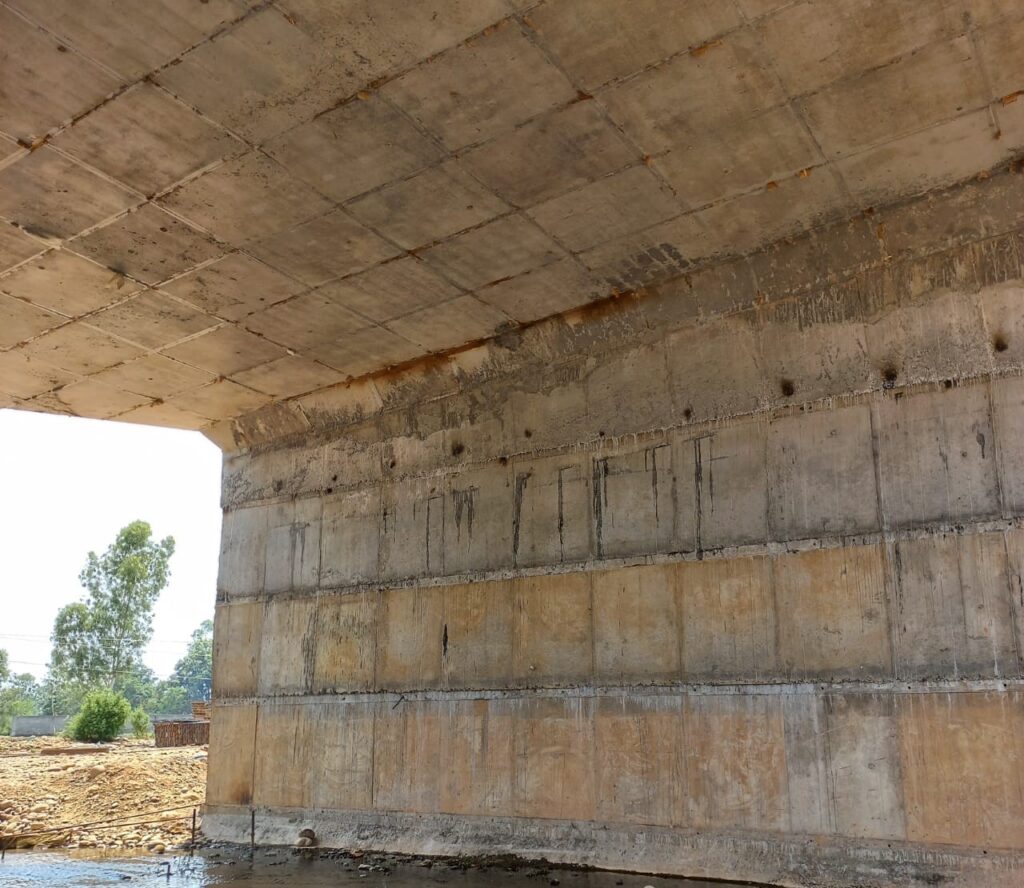
Factors Influencing Concrete Thickness on minor Bridges
thickness of concrete depend upon various factors such as.
Traffic Load and Volume
The amount and type of traffic a minor bridge is expected to carry are major factors in determining concrete thickness. Heavier traffic loads, including frequent passage of trucks and buses, require thicker concrete to withstand the stress and prevent premature wear.
Environmental Conditions
Environmental factors such as temperature fluctuations, humidity, and exposure to chemicals or salt (especially in colder climates where roads are salted to prevent ice) can impact concrete thickness. Thicker concrete may be required to resist these conditions and prolong the minor bridge’s lifespan.
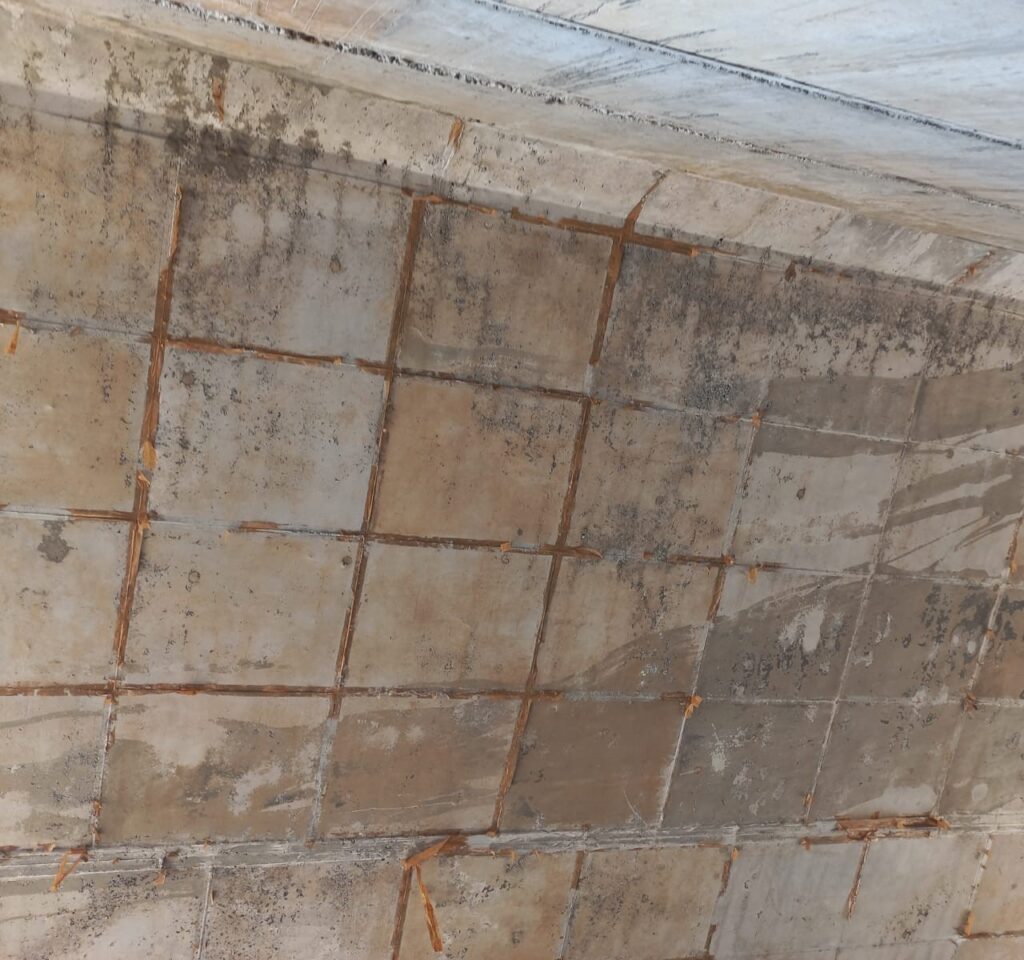
Design Specifications and Standards
NHAI provides comprehensive guidelines for the design and construction of minor bridges in india, including recommended concrete thickness based on various factors. These standards are widely adopted in the United States and serve as a benchmark for ensuring safety and reliability.
Other countries have their own standards and specifications, such as the Eurocode in Europe or the Canadian Highway Bridge Design Code. These guidelines ensure that minor bridges are built to withstand local conditions and traffic demands.

why thickness of minor bridge is important in construction
The thickness of a minor bridge is crucial for ensuring its structural integrity and longevity. Adequate thickness allows the minor bridge to support heavy loads, including vehicles and environmental stresses, without collapsing or deteriorating prematurely. It distributes weight evenly, preventing excessive stress on any single point, which could lead to cracks or failures. Additionally, the correct thickness helps the minor bridge withstand temperature changes, corrosion, and other environmental factors. In civil engineering, determining the proper thickness is essential for safety, durability, and cost-effectiveness, as it ensures the minor bridge remains functional and secure for its intended lifespan.
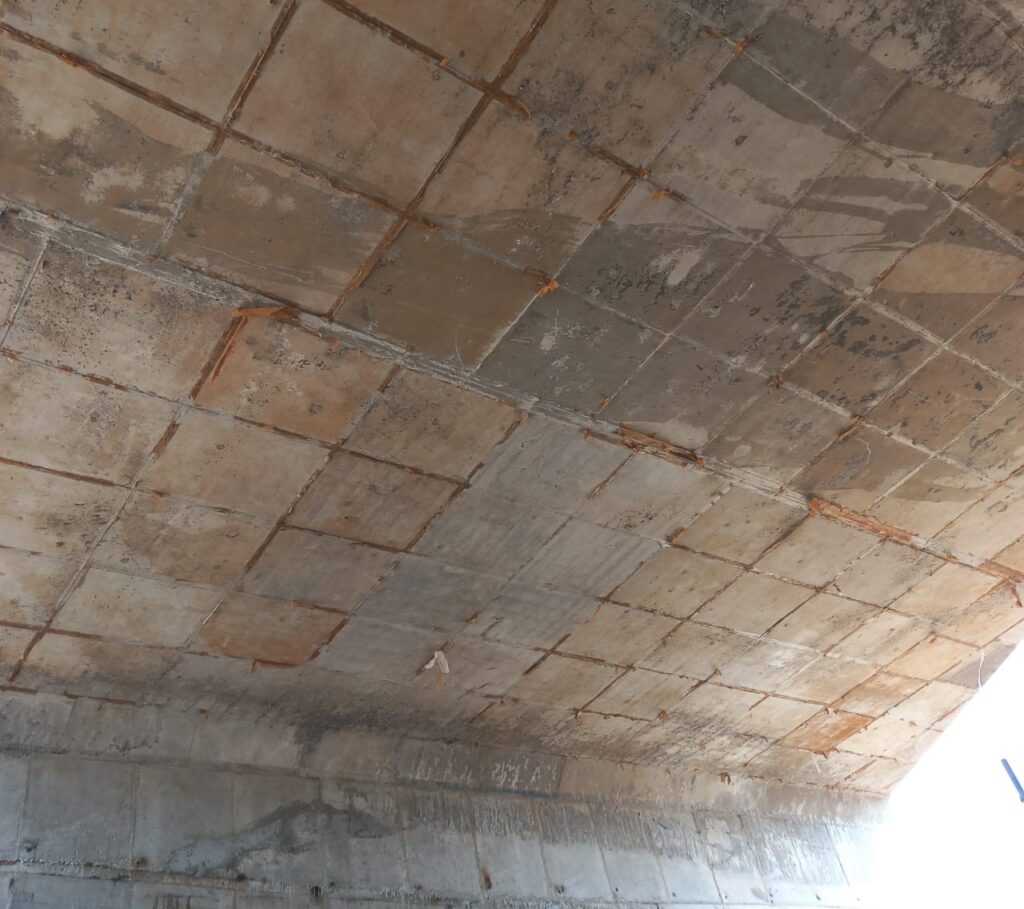
Concrete Thickness in Famous Bridges
Golden Gate Bridge
The Golden Gate Bridge, an engineering marvel, features a concrete thickness of approximately 8 inches in its roadbed. This thickness helps distribute the load from the traffic and the weight of the bridge itself.
Brooklyn Bridge
The Brooklyn Bridge, another iconic structure, has varying concrete thicknesses throughout its structure, ranging from about 6 inches in some areas to more than 12 inches in others, depending on the load-bearing requirements.
conclusion
In conclusion, the thickness of a minor bridge is a critical factor in ensuring its safety, durability, and functionality. Properly determining and implementing the correct concrete thickness is essential to support loads, withstand environmental conditions, and maintain structural integrity.
Why is the thickness of a bridge important?
The thickness of a bridge is vital for distributing weight evenly, preventing structural failures, and ensuring the bridge can handle heavy traffic loads and environmental stresses.
How does bridge thickness affect durability?
Proper bridge thickness enhances durability by reducing stress points, preventing cracks, and resisting environmental damage, thereby extending the bridge’s lifespan.
Can incorrect thickness lead to bridge failure?
Yes, incorrect thickness can result in structural weaknesses, leading to cracks, deterioration, and potentially catastrophic bridge failures.

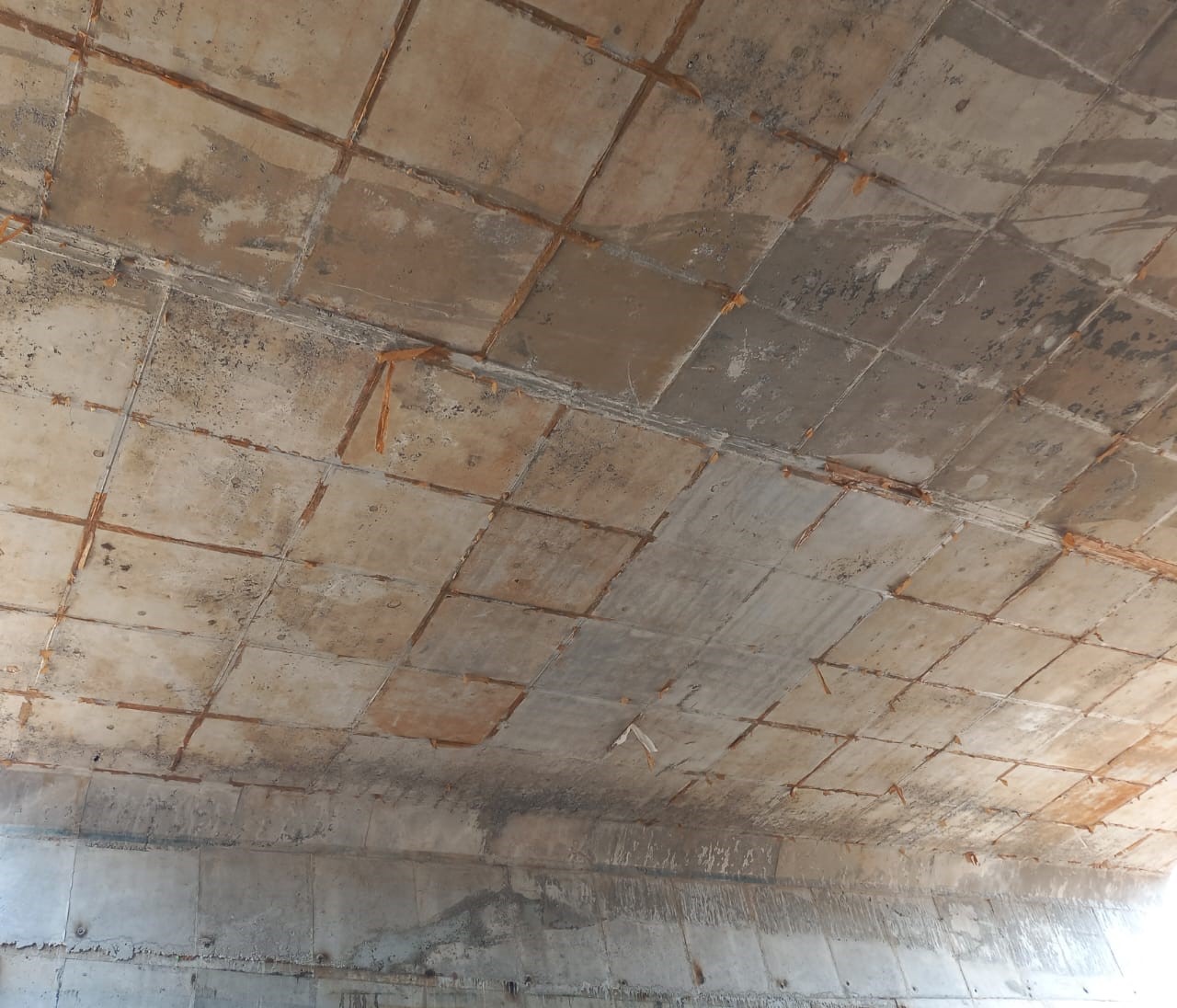
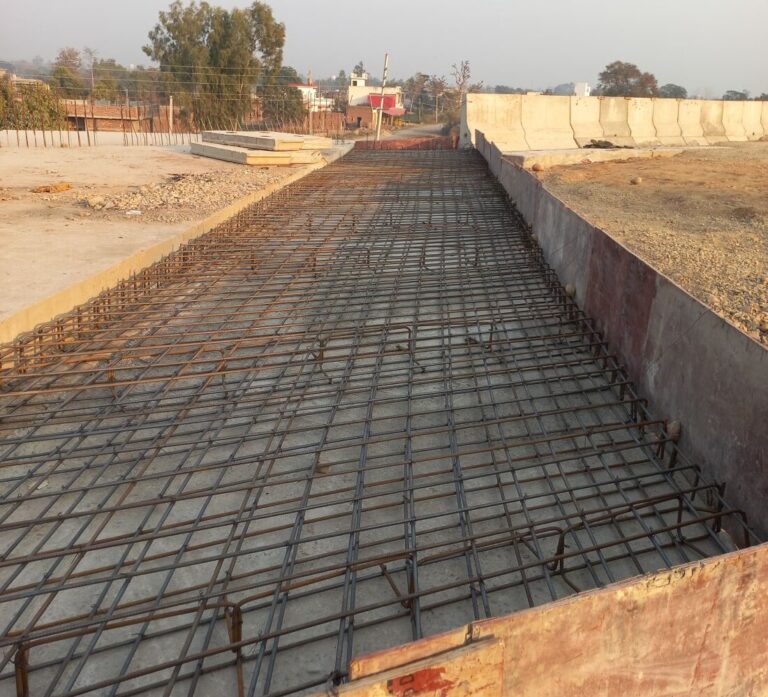
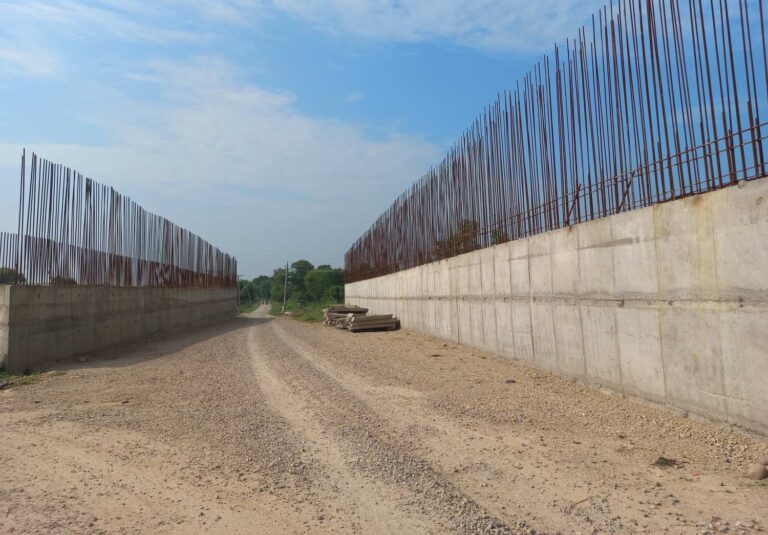
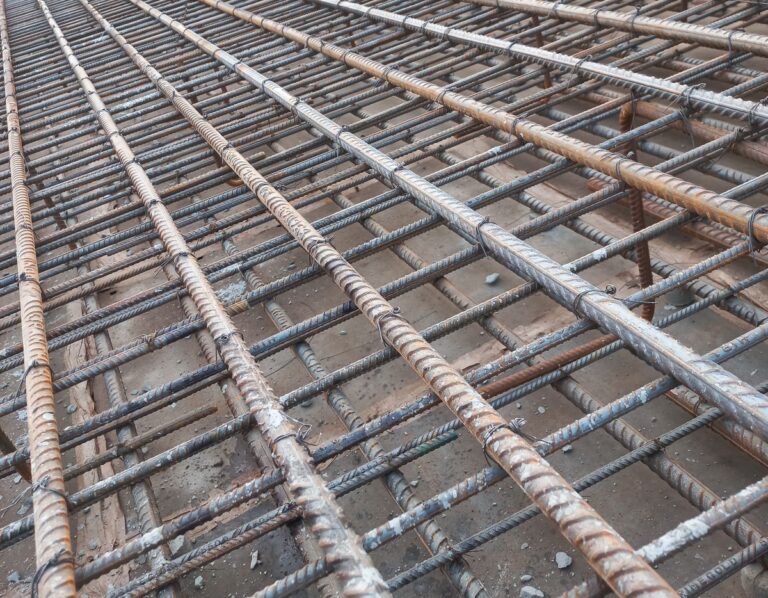




[…] smooth water flow. Overall, minor bridges improve connectivity and provide a reliable, efficient infrastructure […]